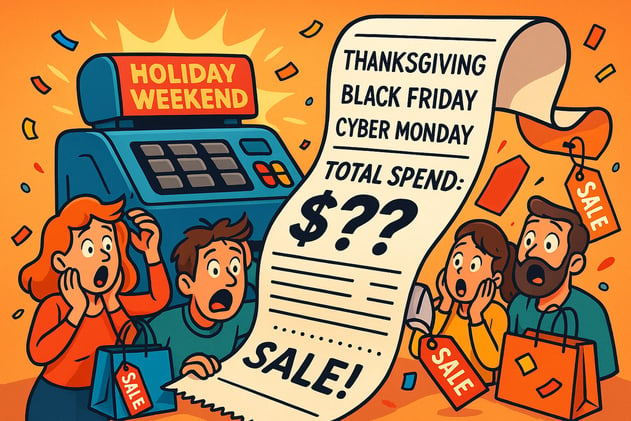- The Money Maniac
- Archive
- Page -2
Archive
💰 5 Fact Friday: 'Sell America' Was A False Alarm
Earlier this year, analysts were calling the decline in the U.S. dollar: "Sell America." Fears of runaway deficits, tariff chaos, and a potential Fed shake-up created panic. Fast forward to today, and as it turns out, foreign investors didn’t flee. They doubled down.

Daniel Anderson







